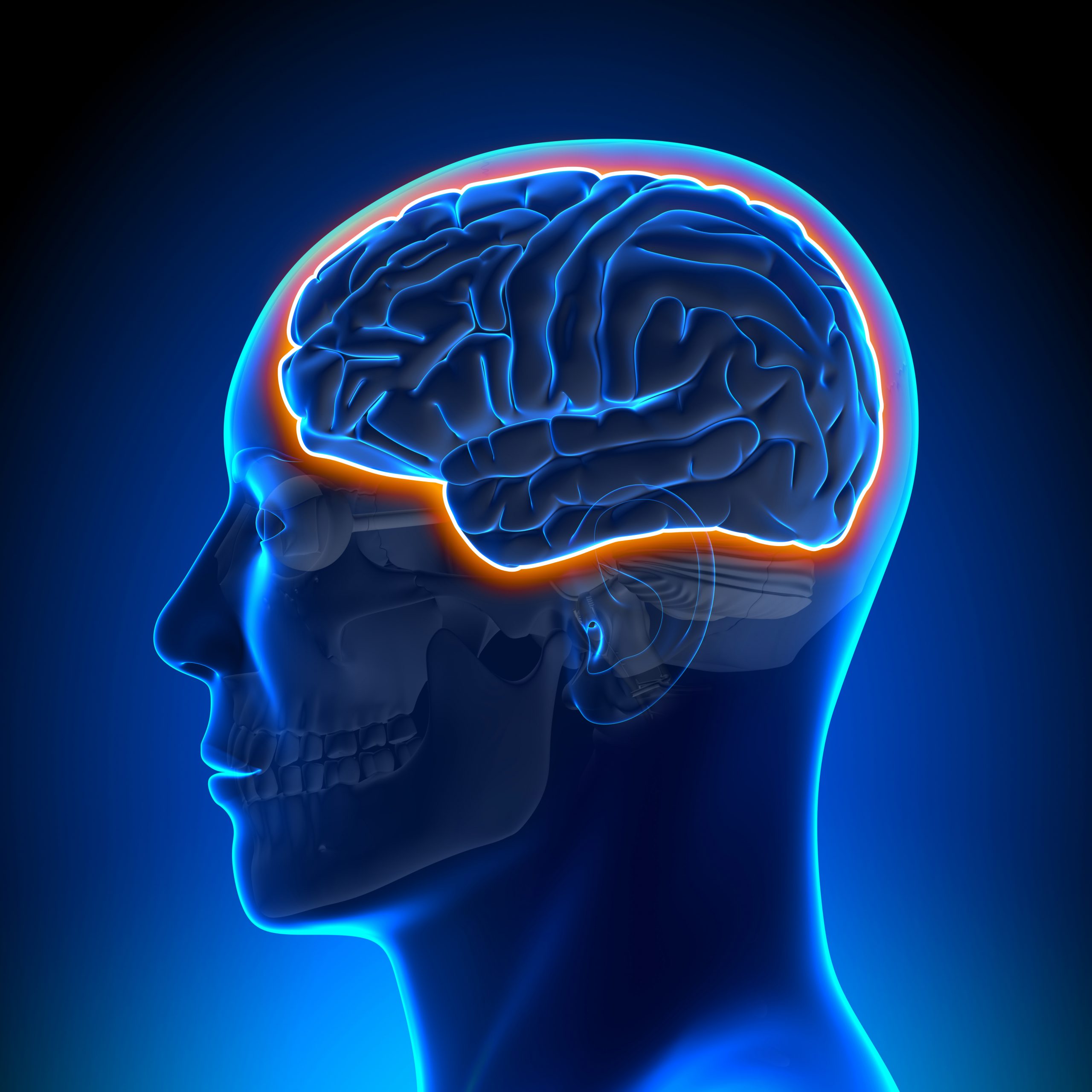Hydrogel Device Hints at Better Option for Brain Stimulation

decade3d - anatomy online/Shutterstock
A flexible hydrogel-based device, implanted in the brains of mice, allowed scientists to stimulate and detect brain signals — in deep brain regions — in real time, a study reported.
The hydrogel device functions for nearly six months, and triggers less of a reaction and lesser scarring than current electrodes, such as those used with deep brain stimulation (DBS) to treat Parkinson’s disease, its scientists noted. If adaptable for human use, it has the potential to deepen understanding of this and other neurological disorders.
The study, “Adaptive and multifunctional hydrogel hybrid probes for long-term sensing and modulation of neural activity,” was published in the journal Nature Communications.
DBS aims to treat the motor symptoms associated with Parkinson’s by stimulating electrical activity in specific brain regions through mechanical electrodes surgically implanted in the brain.
The brain reacts to the mechanical and chemical differences between these brain-machine interfaces, however, by surrounding the electrodes with scar tissue, slowly degrading the devices’ ability to record and stimulate brain patterns.
Researchers with the Korea Advanced Institute of Science and Technology (KAIST) sought create a brain-mimicking interface by wrapping multifunctional fiber bundle inside a hydrogel — an absorbent and flexible material that doesn’t dissolve in water.
The bundle consisted of an optical fiber that uses light to control specific nerve cells, electrodes to record brain signals, and a tiny microfluidic channel to deliver drugs directly to the brain.
The KAIST team envisions this technology as a way to map the brain circuits involved in various neurological disorders, and to one day develop “bioelectronic” medicines.
The hydrogel is solid while dry, allowing the scientists to surgically implant it in the brains of mice. Once implanted, it absorbs body fluids, which make it more closely resemble — and essentially mimic — the surrounding tissue.
This absorption, along with the hydrogel’s flexibility, resulted in lesser scar tissue formation and enabled the fiber bundle to remain close to its target site, allowing it to track brain signals over longer periods of time.
“The hybrid probes induce substantially lower stress and strain in the surrounding neural tissues during the micromotion of the brain with respect to the skull,” the researchers wrote.
The device also continued transmitting for nearly six months, with a cleaner, or less noisy, signal than typically accompanies other implants.
“This research is significant in that it was the first to utilize a hydrogel as part of a multifunctional neural interface probe, which increased its lifespan dramatically,” Seongjun Park, PhD, the study’s lead researcher, said in a press release.
Park and his colleagues demonstrated the hydrogel’s ability to stimulate nervous responses by easing anxiety-like behaviors in mice upon using the optical fiber to activate a neuronal protein that mediates anxiety.
The device’s potential for drug delivery was also demonstrated, by scientists give a chemical cocktail known to reduce anxiety behaviors in mice directly to the animals’ brains.
Investigators now plan to continue improving the device’s resolution and lifespan, and to experiment with making the hydrogel probe even more compatible with living biological tissues.
“With our discovery,” Park said, “we look forward to advancements in research on neurological disorders like Alzheimer’s or Parkinson’s disease that require long-term observation.”






